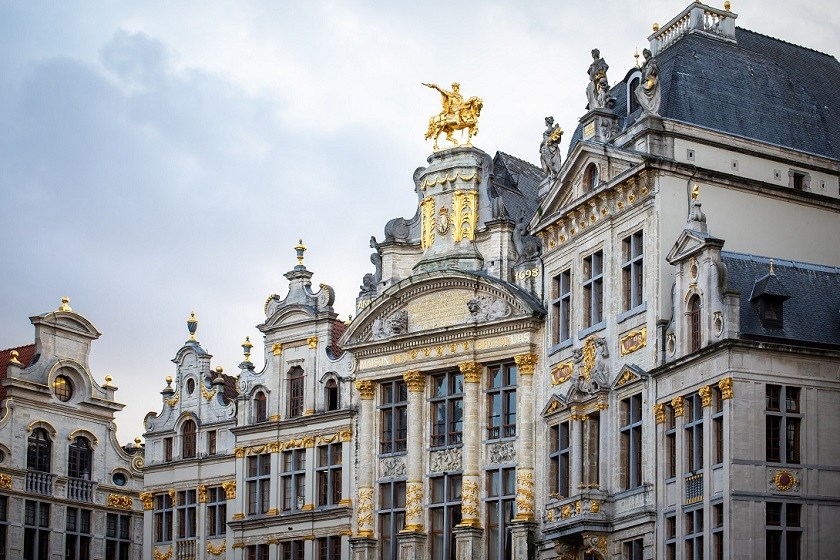The Brussels-Capital Region remains orange in the latest update of the travel map by the European Centre for Disease Prevention and Control (ECDC) on Thursday.
Belgium's national Crisis Centre predicted that the whole country would become a green zone before the start of the summer holidays, but Flanders and Wallonia are now green while Brussels remains orange.
Countries or regions are given a green colour if the incidence rate is below 50 confirmed cases per 100,000 inhabitants over the past two weeks and the positivity ratio is lower than 4%, or if the fortnightly incidence is fewer than 75 and the positivity ratio is under 1%.
According to the latest ECDC figures, the Flemish Region currently has an incidence rate below 50, with a positivity rate of 0.81%. Wallonia has incidence below 50, but Brussels has an incidence of 79 and 81 confirmed cases per 100,000 inhabitants, respectively. Additionally, their positivity ratio is higher than 1%.
Updated ? maps are online!
These maps aim to support the @EUCouncil recommendation on travel measures in the EU during #COVID19 pandemic. Color-blind friendly map in next tweet. Disclaimers in following tweets.https://t.co/CcBVx6B0o5 pic.twitter.com/SvdcjfgJHR — ECDC (@ECDC_EU) July 1, 2021
The European colour codes are used by Member States to impose conditions on returning travellers, such as mandatory testing or quarantine. The colour code of a region is also taken into account for the admission of travellers in their own countries.
Member States cannot impose extra restrictions on travellers coming from a green area, but they can demand testing and/or quarantine from people coming from orange zones.
Due to the difference, residents of Flanders and Wallonia are no longer required to show a negative Covid-19 test, a vaccination or an immunity certificate when travelling to Spain, as they are coming from a green zone.
People living in the Brussels-Capital Region, however, will still have to present a recent coronavirus test or certificate of vaccination or immunity before entering the country, as the area is still coloured orange.

